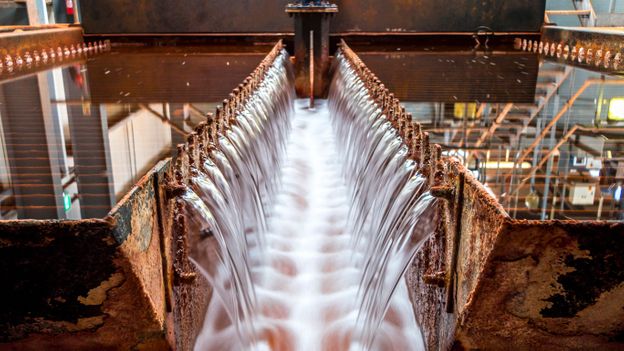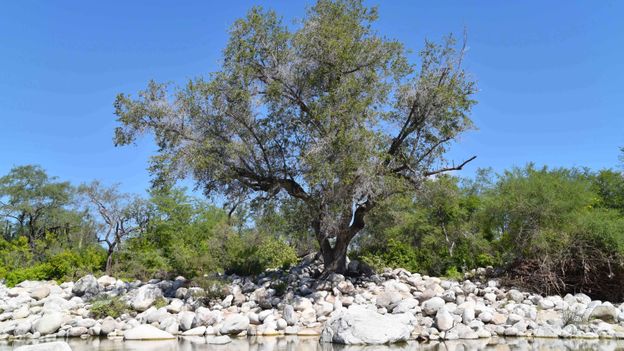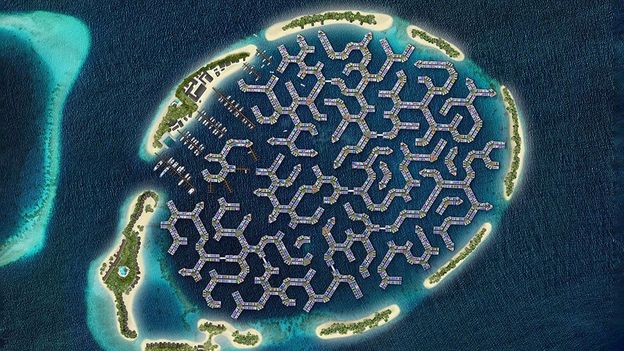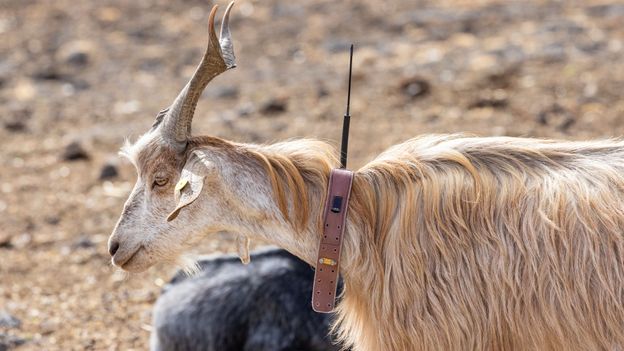Though ahead of the game in Europe, Heerlen wasn’t the first to leverage this sort of technology. In 1989, a packaging firm in Springhill, Nova Scotia, began attempts to draw heat from a network of nearby coal mines that had lain dormant for decades. The company, now owned by Mauser Packaging Solutions, has been refining the process ever since, and now boasts a circular climate control system that is 100% renewable 12 months of the year.
“In the wintertime, we take the hot water and use it as a heating source, and in the summertime, we have them all in air-conditioning mode,” says plant manager David MacDonald, who was there when the first borehole went down more than 30 years ago.
Proud of their town’s pioneering approach to mine water heating, dozens of small Springhill businesses have since hooked up their own geothermal power supplies, with local officials eager to entice new investment with the promise of plentiful green energy.
In the mountainous Asturias region of northern Spain, there’s a similar story to be told. After years of decline, the area’s last remaining pit shut in 2018, cutting deep into a local community reliant on coal for generations. With the advent of mine water heating technology, there’s hope for an industrial rebirth.
“Geothermal energy has given a second life to our coal mines,” says María Belarmina Díaz Aguado, the Asturias’s director of energy. “We’re developing an entirely new business model, one related to pumping water and all the technical expertise that involves.”
In addition to hundreds of residential properties, the region’s flooded mines provide heat for a hospital, a university, a secondary school, and a number of other public and private buildings. Hunosa, the company in charge of the scheme, guarantees energy prices lower than fossil fuel alternatives, and uses only sustainably generated electricity in its pumping process. In doing so, several thousand tonnes of carbon emissions are avoided each year, Díaz Aguado says.












